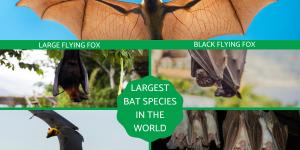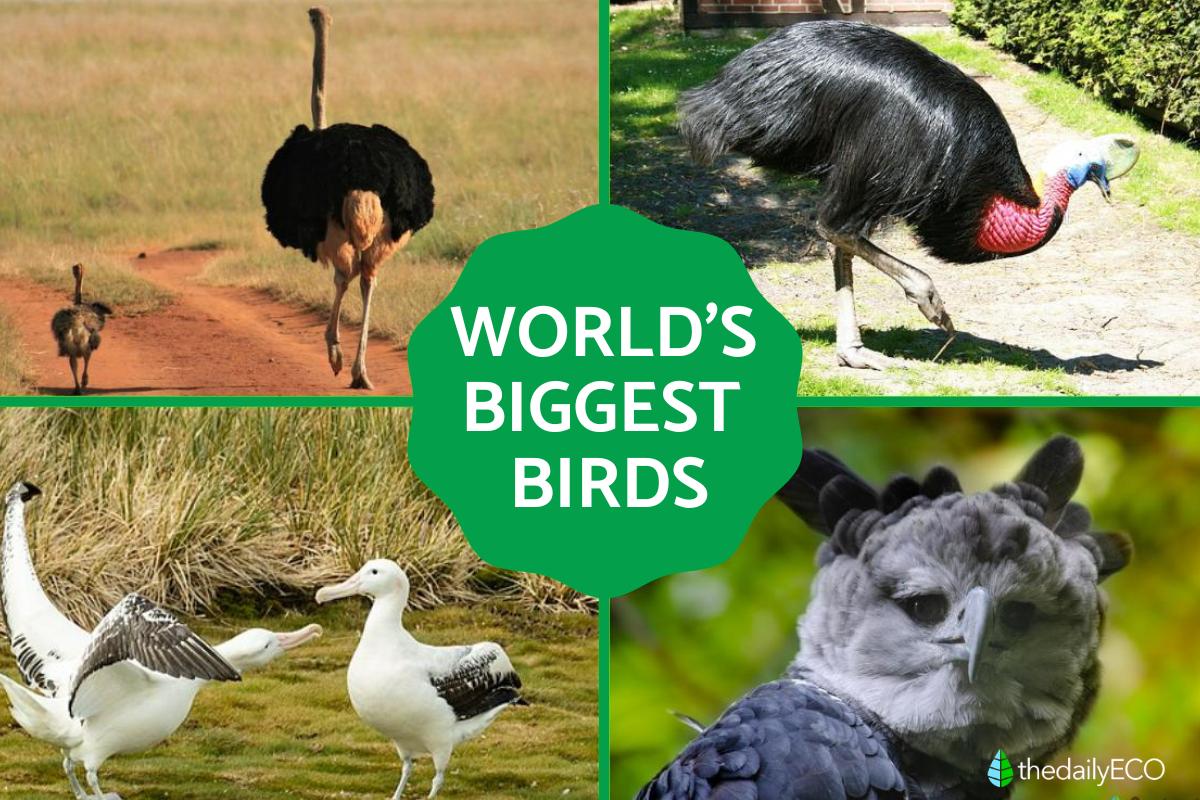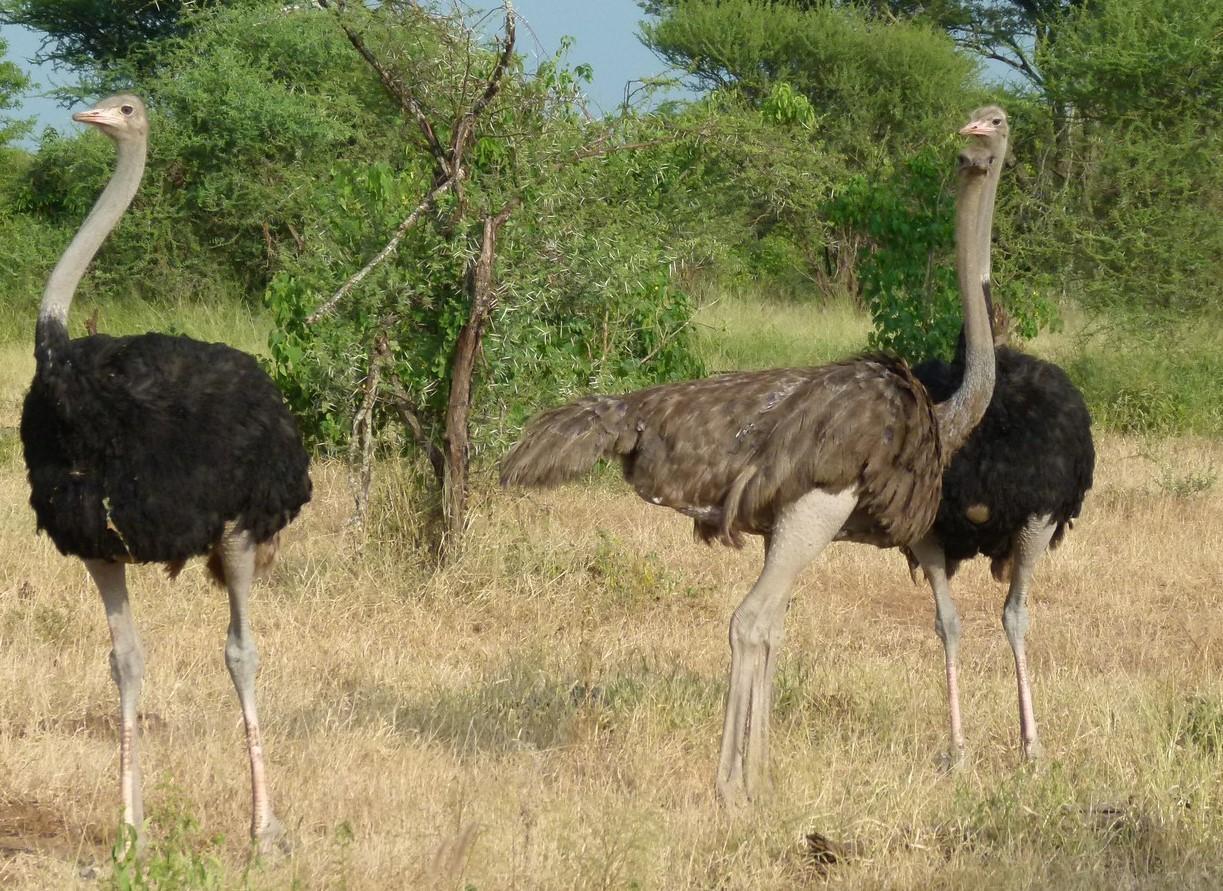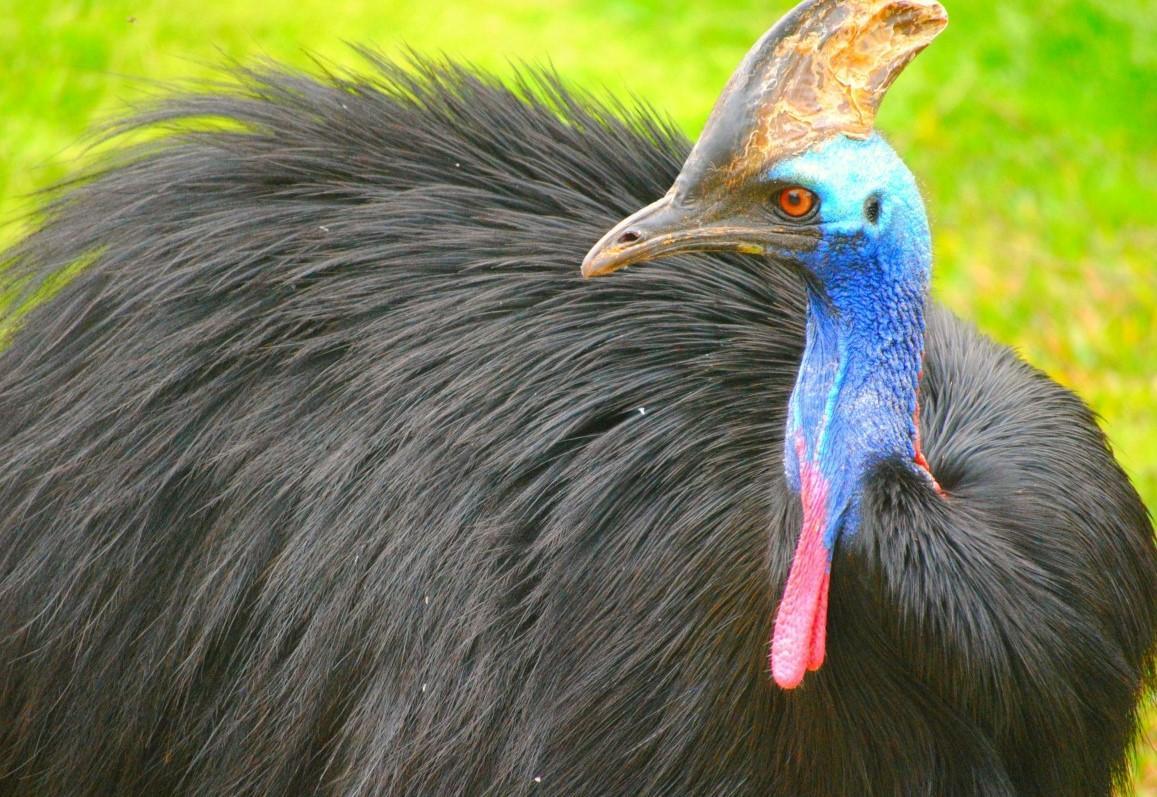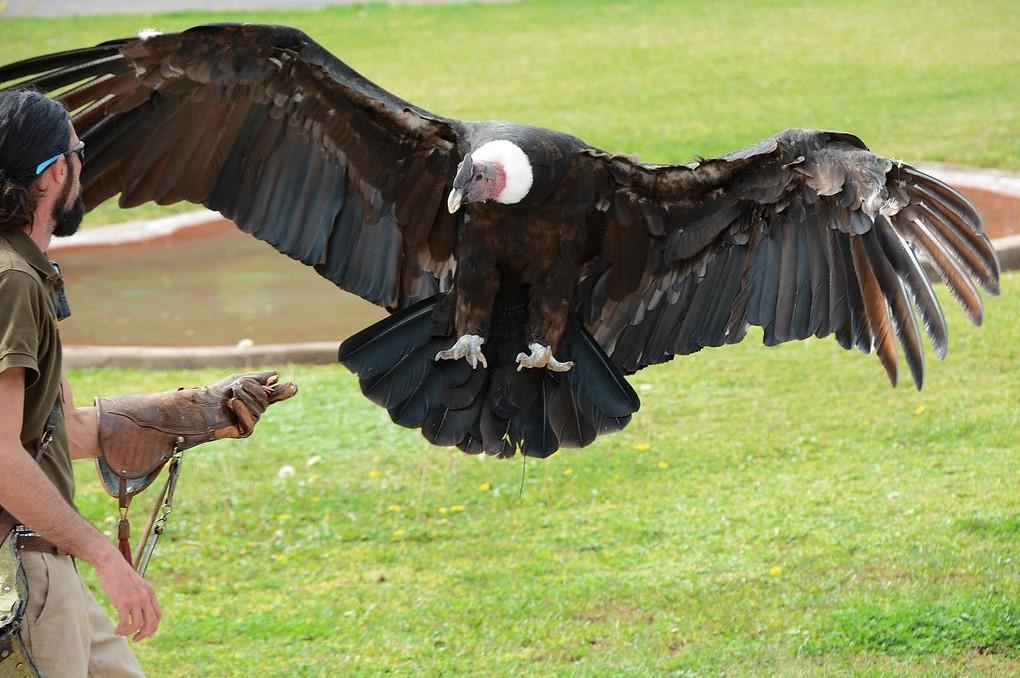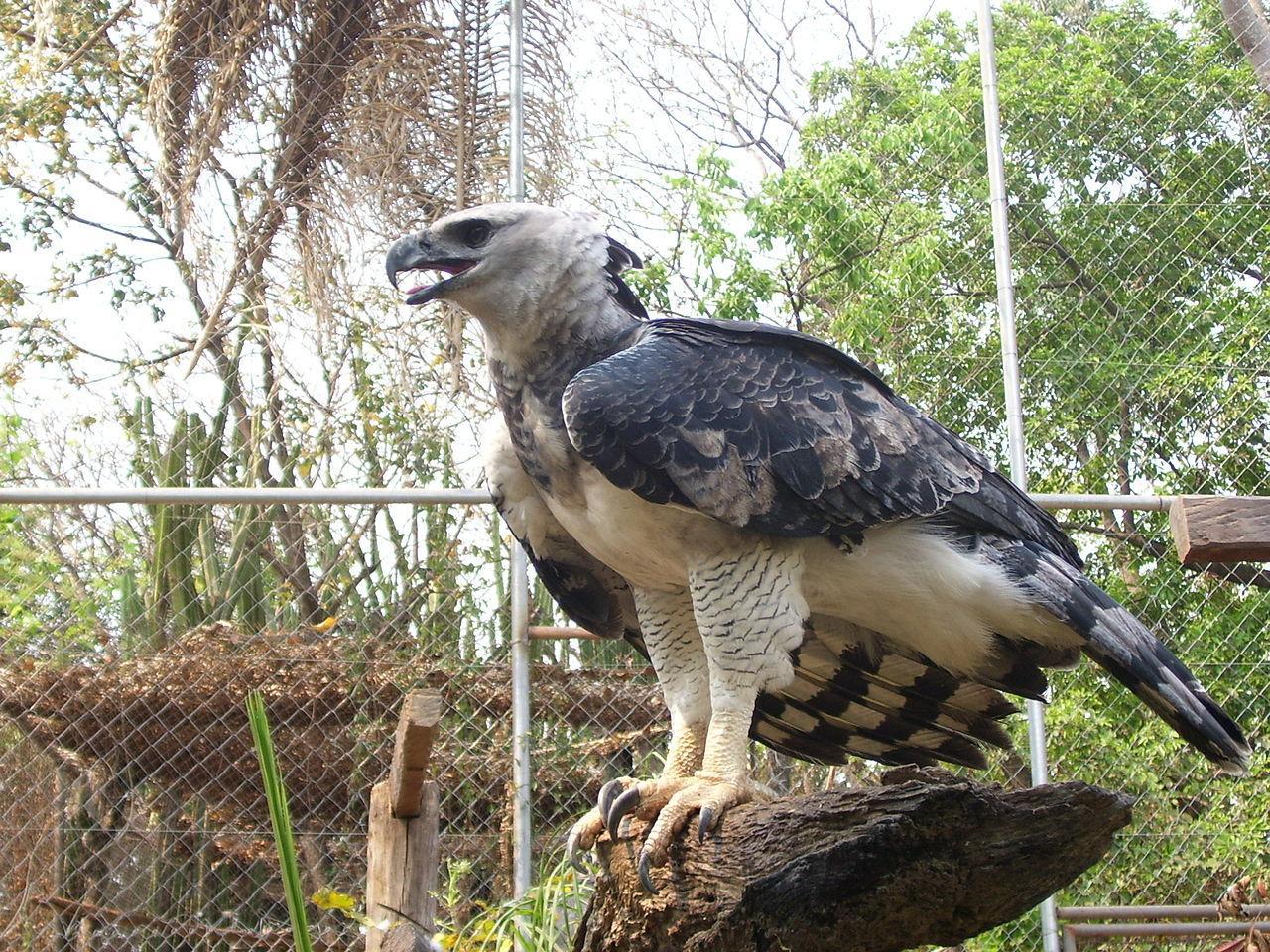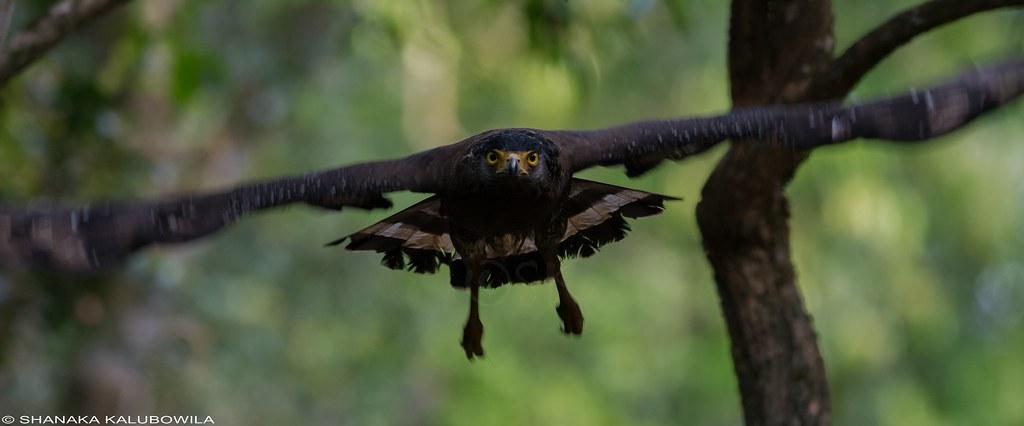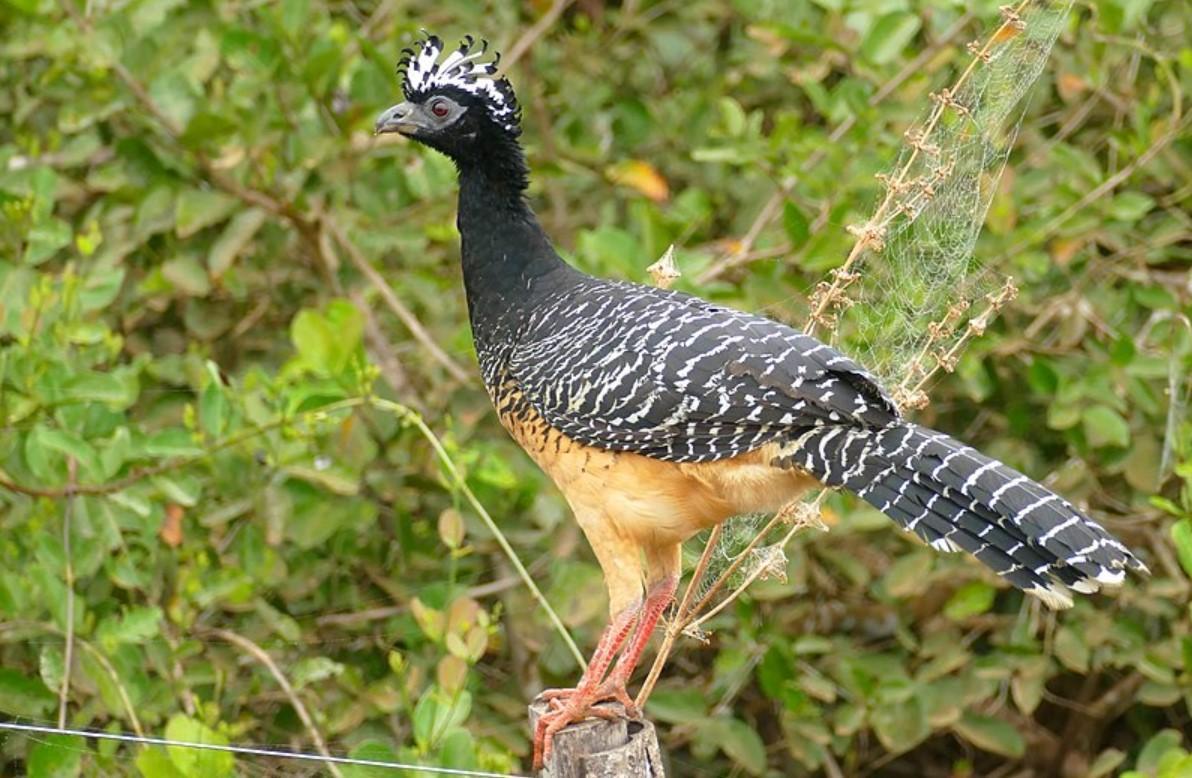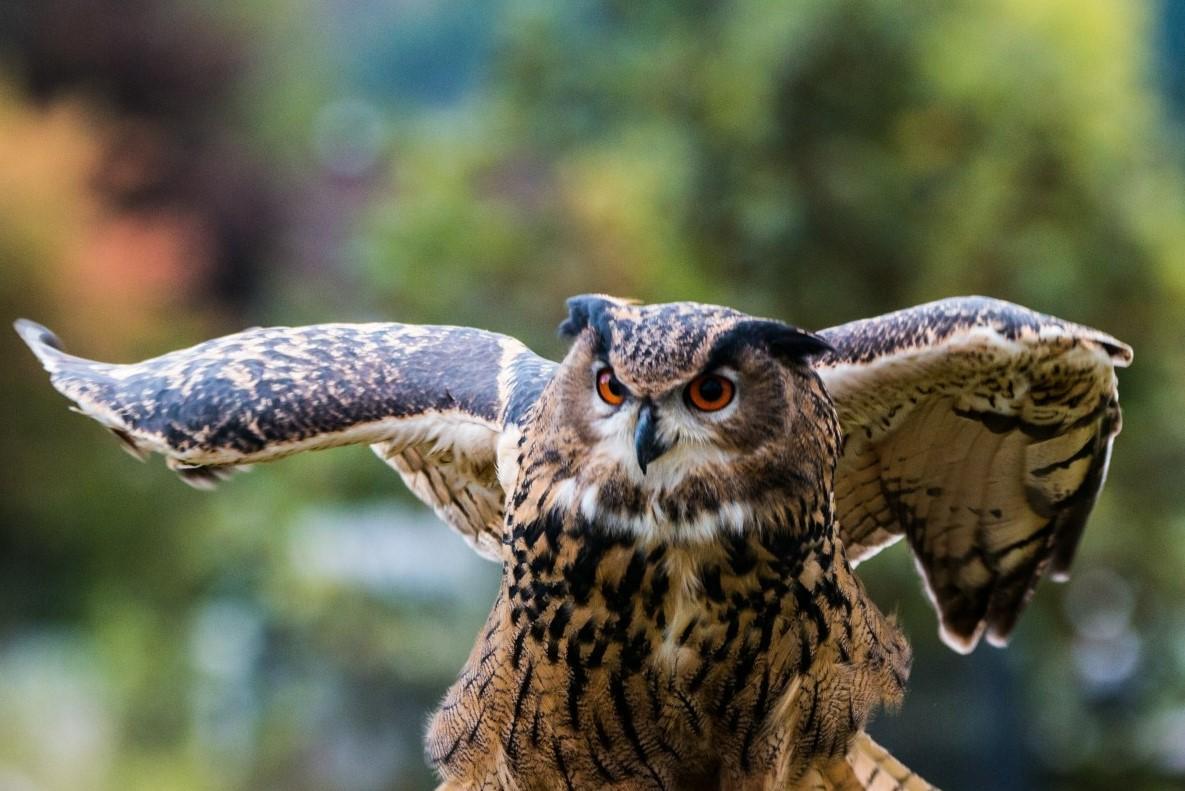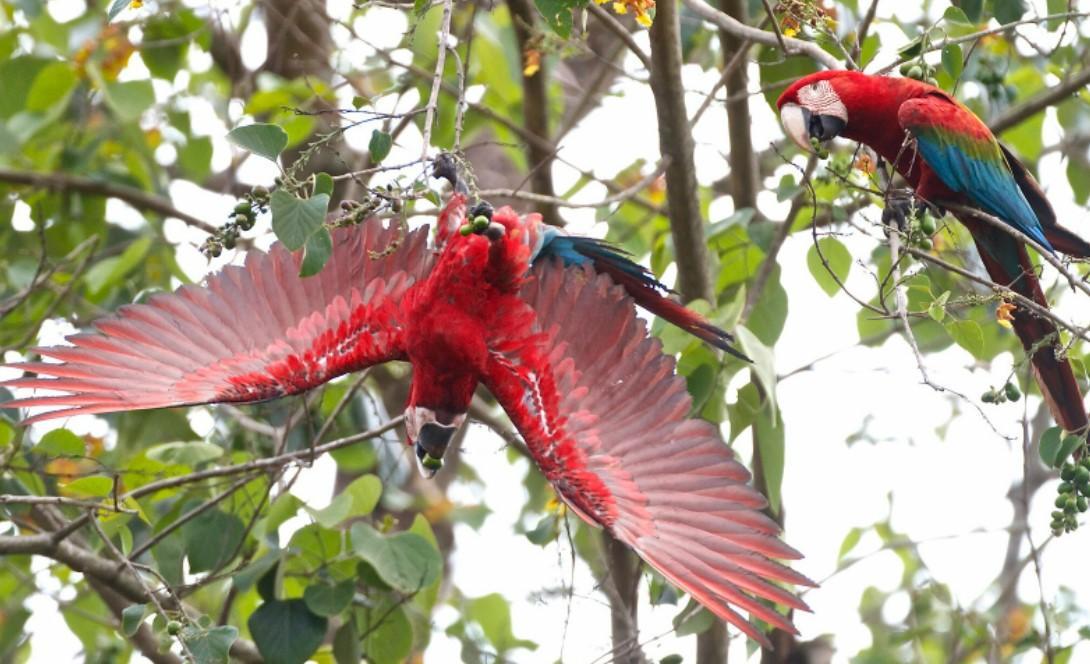The Biggest Birds in the World

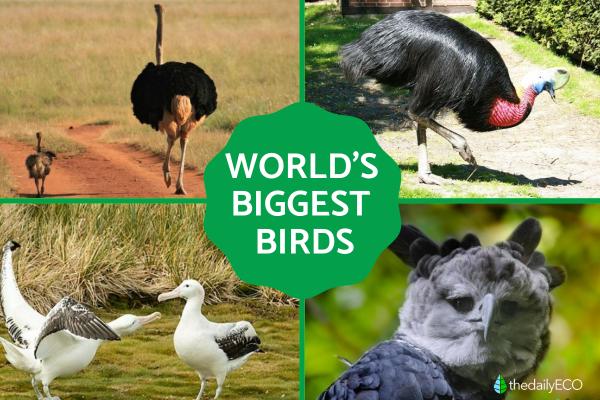
Birds are an extremely diverse group of vertebrates that inhabit the entire world and even the Antarctic continent. The main feature that distinguishes them from the other classes of animals is the transformation of their forelegs into wings. Birds have a great variety of shapes, colors, and sizes. There are some that are tiny and measure barely a few centimeters long, and others that are really huge and measure up to two meters in height.
In this article from thedailyECO we present 12 of the biggest birds in the world and some of their most important features.
- Ostrich
- Southern cassowary
- Wandering albatross
- Andean condor
- King vulture
- Harpy eagle
- Crested eagle
- Maguari stork
- Great bustard
- Bare-faced curassow
- Eurasian eagle-owl
- Red-and-green macaw
Ostrich
The Ostrich (Struthio camelus) is the largest and heaviest bird in the world. Adults can weigh up to 150 kg (ca. 331 lb) and reach a height of 3 meters (ca. 118 inch). It is common in Africa and inhabits savannahs, grasslands, scrublands, and even deserts.
It is a flightless species, but can use its wings as fans during courtship or in hot weather. For defense, it uses its powerful limbs, with which it can run at high speed. Females lay between 2 and 11 eggs in nests built by males. These eggs are considered the largest in the world, they can weigh 1.5 kg (ca 3 lb) and be 16 cm (ca. 6 in) long.
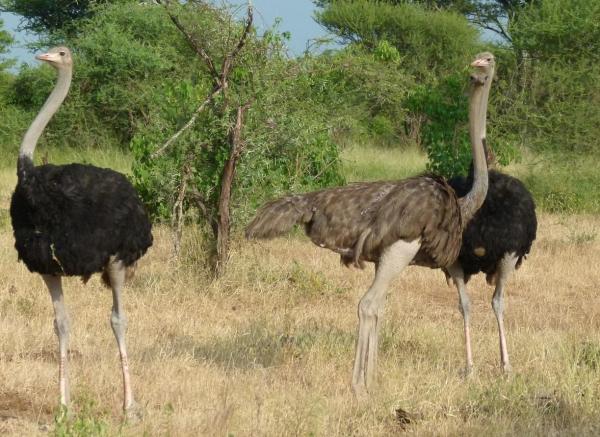
Southern cassowary
The Common Cassowary or Southern Cassowary (Casuarius casuarius) is one of the largest birds in the world and is native to northern Australia and southern New Guinea. It is characterized by the bright colors of its plumage, can weigh up to 85 kg (ca. 187 lb) and grow 2 m (ca 78 in) tall. On its head, there is a horn-shaped structure that measures between 13 and 16 cm (ca 5 and 6 in). In general, it is a solitary bird and lives in tropical forests, but can also be found in savannas and mangroves.
It usually feeds on fruits, fungi, and even invertebrates and plays an important role as a seed disperser. The female lays 3 to 4 eggs and the male is responsible for incubating and raising the young.
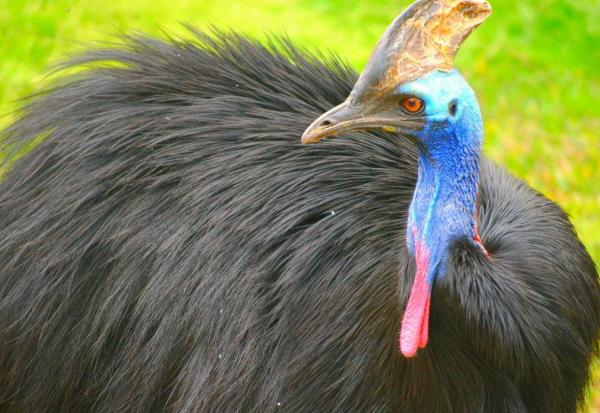
Wandering albatross
The Wandering Albatross (Diomedea exulans) is a huge seabird that reaches a wingspan of 3.4 m (ca 133 in) and a height of 1.10 m (43 in). Only the beak measures 20 cm (7.8 in).
It is distributed between Antarctica and the subtropical latitudes, where it feeds on fish, cephalopods and crustaceans, although it also benefits from the waste of fishing boats. They are gliders and thanks to this efficient way of flying they cover great distances with little effort. They nest on Antarctic and sub-Antarctic islands. The female lays a single egg, which is hatched by both parents. The mortality of this species is largely due to longline and trawl fishing.

Andean condor
The Andean condor (Vultur gryphus) is one of the largest birds in the world, with a wingspan of up to 3 m (ca 118 in). It is common in the Andes in South America and lives at altitudes between 3,000 and 5,000 meters. In adult birds, the plumage is black and white and the head is rough and without feathers. This is due to its scavenging habits, as this feature allows it to clean itself effectively after eating dead animals, thus avoiding the spread of diseases.

King vulture
The King Vulture (Sarcoramphus papa) is a large bird with a wingspan of 1.9 m (ca 74 in) and a height of 76 cm (ca 29 in). Its plumage has a very striking coloration, its beak is orange, and its eye has a white iris surrounded by a red sclera.
Just like the Andean condor, it feeds on carrion. Not only does it use its eyesight to detect dead animals, but its sense of smell also plays an important role, as it normally lives in very dense tropical forests where observation is difficult.

Harpy eagle
The Harpy Eagle (Harpia harpyja), with its remarkable split black crest, is the largest eagle in the Western and Southern Hemispheres and one of the largest eagles in the world.
It is 1 meter tall and can reach a wingspan of 2 meters (ca 78 in). It inhabits rainforests, where it hunts arboreal mammals such as monkeys and sloths and birds such as macaws. Because it is an apex predator of trophic webs, it acts as an indicator of the health of the environment.

Crested eagle
The crested eagle (Morphnus guianensis) is a large species of eagle found in lowland rainforests and gallery forests in Central and South America. The crested eagle can grow up to 89 cm (35 in) long, with a wingspan up to 176 cm (69 in), and weigh up to 3 kg (6.6 lb). It is smaller than the harpy eagle and, like it, hunts mammals, birds, and some reptiles and builds its nests in trees.
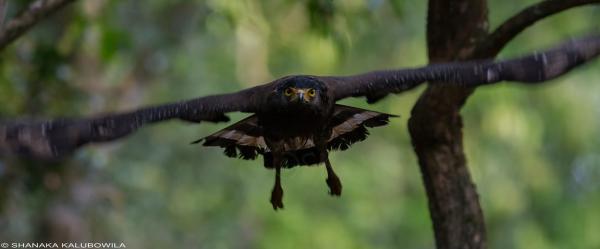
Maguari stork
The Maguari stork (Ciconia maguari) is a large bird that can grow up to 130 cm (ca 51 in) long. It is characterized by its large bill and long, reddish legs. It is associated with wetlands in tropical and subtropical areas of the Americas, where it feeds on fish, crustaceans, mollusks, crustaceans, and insects. Their nests are built on the banks of water bodies and are in the form of a platform where females lay about 3 eggs. They form small flocks and usually fly at high altitudes.

Great bustard
The great bustard (Otis tarda) is considered one of the heaviest birds in the world and is common in Europe, Asia and as far as the African continent. It inhabits steppes and grasslands, but also cultivated areas, as much of its natural habitat has been displaced by agricultural expansion. A male is typically 90-105 cm (2 ft 11 in – 3 ft 5 in) tall, about 115 cm (3 ft 9 in) and has a wingspan of 2.1-2.7 m (6 ft 11 in – 8 ft 10 in).
It is a gregarious species (especially in the cold season) with a pronounced sexual dimorphism. It is omnivorous and prefers to feed on plant matter, invertebrates, and seeds.

Bare-faced curassow
The Bare-faced Curassow (Crax fasciolata) is a large bird, reaching a length of 82 to 92 cm (32 to 36 in). It is found in Brazil, Paraguay, and eastern Bolivia, as well as in extreme northeastern Argentina. It feeds mainly on fruits, but also on seeds, flowers and small invertebrates. Furthermore, it exhibits sexual dimorphism and has been declared a natural monument in the Argentine province of Formosa.
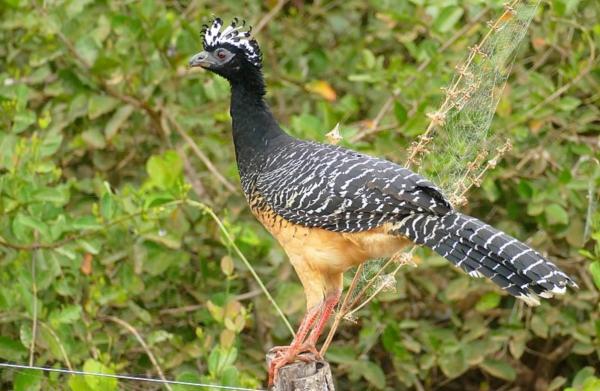
Eurasian eagle-owl
The Eurasian eagle owl (Bubo bubo) is a large, nocturnal bird of prey found in Europe and Asia that inhabits a variety of habitats, but are mostly birds of mountainous or other rocky areas. It is also called the eagle owl, and in Europe is occasionally abbreviated simply as the eagle owl. The Eurasian eagle owl, like all members of the genus Bubo except the snowy owl, is considered a non-migratory bird.
It is one of the largest owl species. The Eurasian eagle-owl typically has a wingspan of 131-188 cm (4 ft 4 in – 6 ft 2 in). The overall length of the species can vary from 56 to 75 cm (22 to 30 in), with males being slightly smaller. It hunts very effectively and its diet is very diverse.
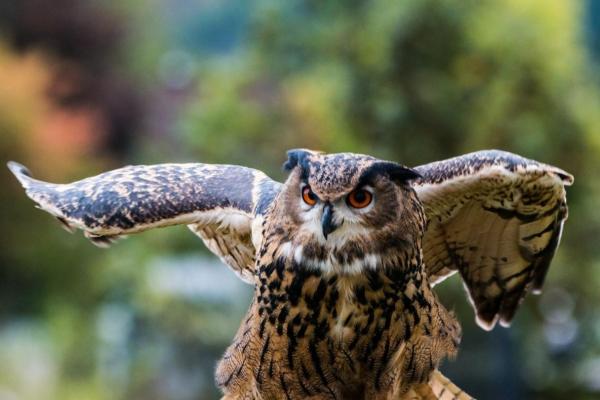
Red-and-green macaw
The red-green macaw (Ara chloropterus), which belongs to the parrot family, is one of the largest macaws in existence. The red-green macaw reaches a total body length of 90 to 95 cm (35 to 37 in) in adults. They are notable for their colorful plumage and the loud noises they make when flying. It is common in the forests and woodlands of northern and central South America. The red-green macaw usually mates for life. The female often lays two or three eggs in a nest built in a hole in a tree.
As with other macaws, its numbers have unfortunately plummeted in recent years due to habitat loss and illegal capture for the parrot trade.
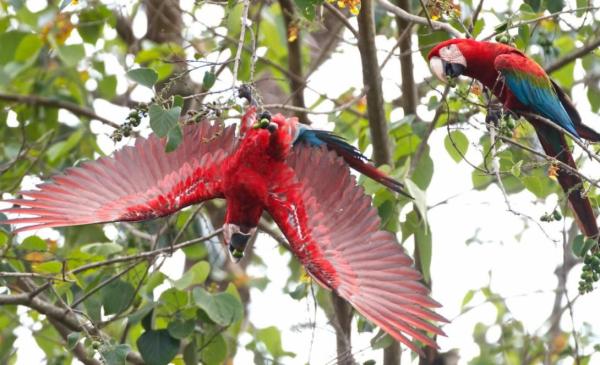
If you want to read similar articles to The Biggest Birds in the World, we recommend you visit our Facts about animals category.
- eBird. Available at: https://ebird.org/explore
- Temaiken Foundation. " Fauna and flora " Available at: https://www.fundaciontemaiken.org.ar/
- Narosky, T., & Yzurieta, D. (2010). " Guide for the identification of the birds of Argentina and Uruguay" .


